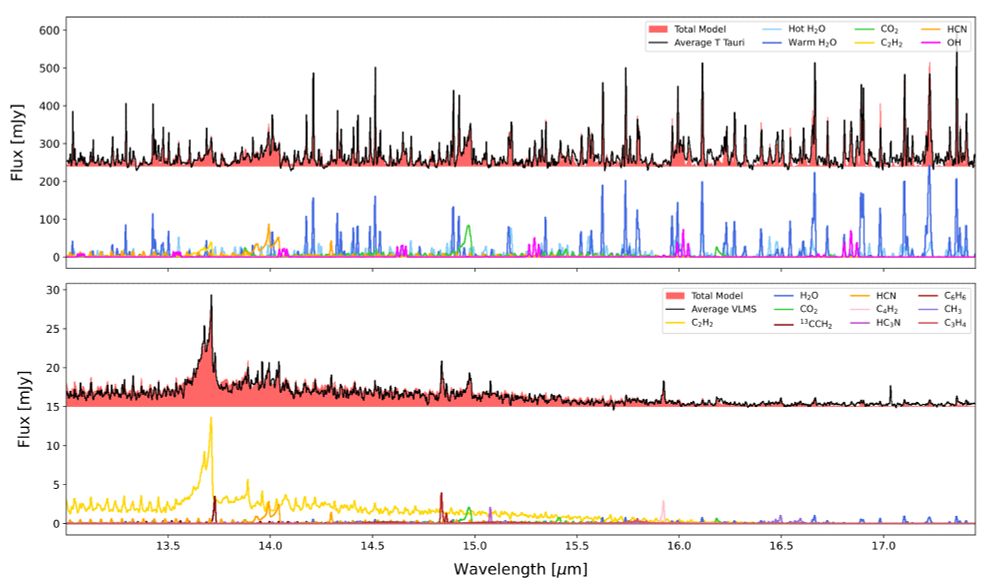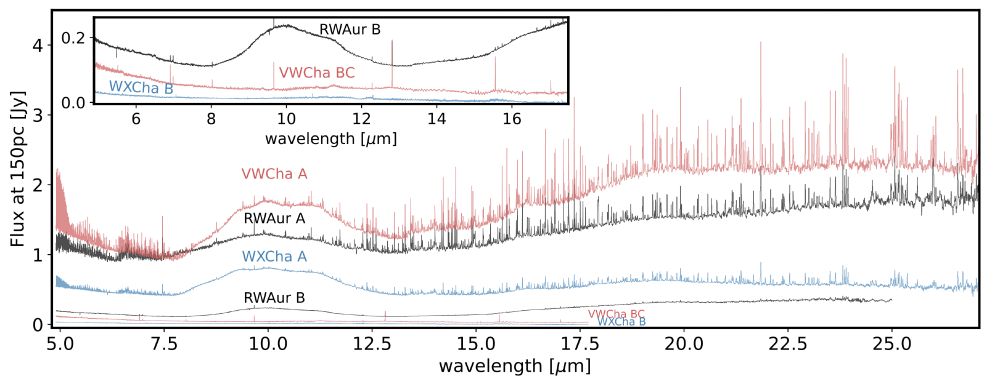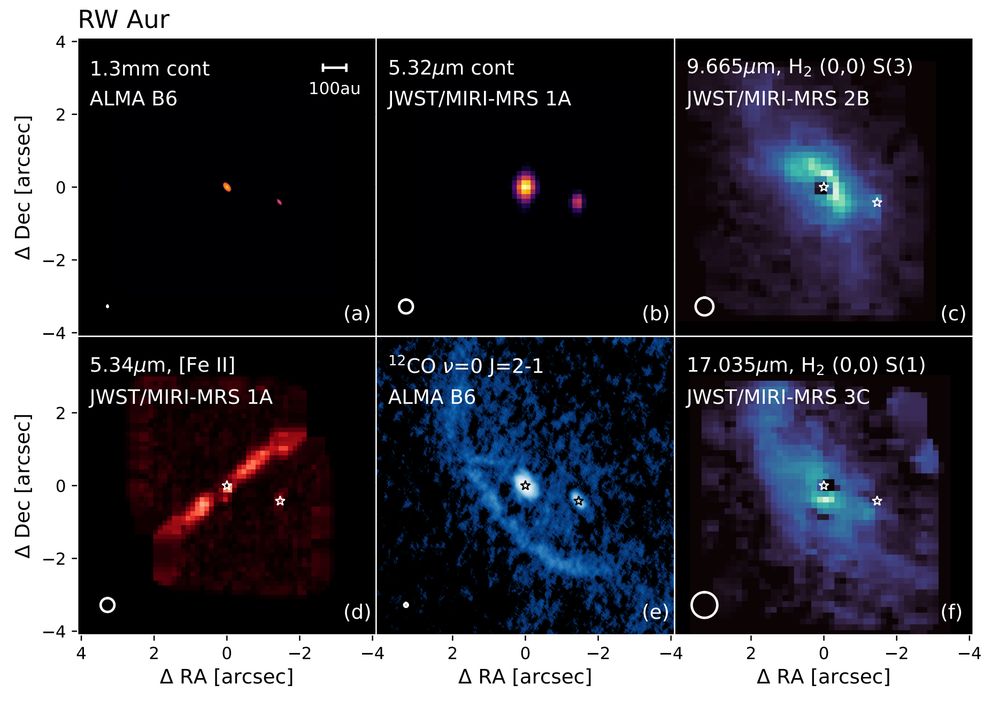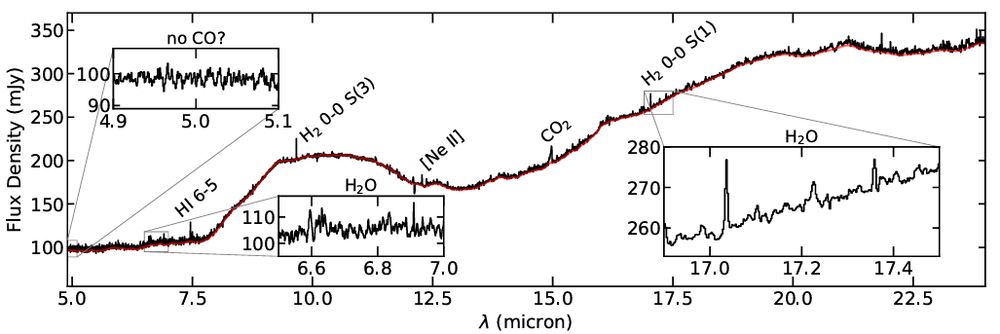Andrew Sellek
@andrewsellek.bsky.social
85 followers
71 following
28 posts
Postdoc at Leiden Sterrewacht researching protoplanetary discs with interests in photoevaporation (internal & external), dust evolution & astrochemistry.
Website: andrewsellek.com
Posts
Media
Videos
Starter Packs
Andrew Sellek
@andrewsellek.bsky.social
· Aug 26
Reposted by Andrew Sellek
Reposted by Andrew Sellek
Andrew Sellek
@andrewsellek.bsky.social
· May 12
Reposted by Andrew Sellek
Andrew Sellek
@andrewsellek.bsky.social
· Mar 11
Andrew Sellek
@andrewsellek.bsky.social
· Feb 18
Andrew Sellek
@andrewsellek.bsky.social
· Feb 11
Reposted by Andrew Sellek
Andrew Sellek
@andrewsellek.bsky.social
· Jan 31
Andrew Sellek
@andrewsellek.bsky.social
· Jan 31
Reposted by Andrew Sellek
Reposted by Andrew Sellek
Kamber Schwarz
@theschwarz.bsky.social
· Jan 15
Andrew Sellek
@andrewsellek.bsky.social
· Dec 18
Reposted by Andrew Sellek
Andrew Sellek
@andrewsellek.bsky.social
· Dec 11
Andrew Sellek
@andrewsellek.bsky.social
· Dec 11
Andrew Sellek
@andrewsellek.bsky.social
· Dec 11
Andrew Sellek
@andrewsellek.bsky.social
· Dec 11










